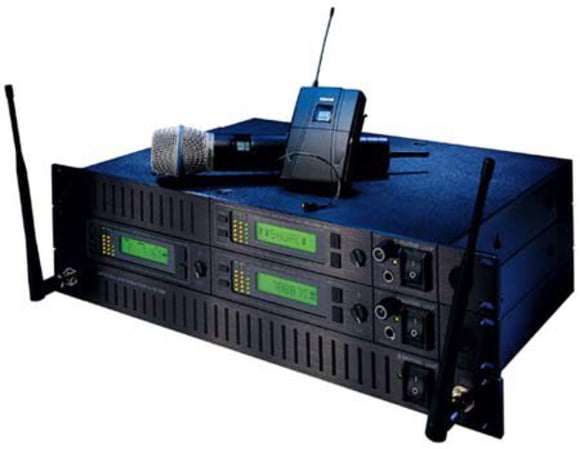7. Working with Multiple Units
If youre planning to use several wireless transmitter / receiver pairs simultaneously, then you should make absolutely sure that the chosen devices are suitable for use in such a multi-channel setup your vendor should know. Weve already seen how each transmitter / receiver link has a unique channel frequency, but in order to guarantee the efficient operation of the whole ensemble, these frequencies need to be coordinated. The user manual supplied with each unit should explain how to do this, and will outline various strategies to accommodate the number of devices in use.
The carrier frequency flexibility of a system usually relates to its price. The ability to quickly retune a wireless pairing from a dirty channel to a clean one could be of major importance. Check how swiftly this can be done.

Carrier frequency alignment the setting of transmitter and receiver to the same frequency can be manual or automatic. Some units are factory preset and are not adjustable, while two different automatic setup procedures may be adopted by more luxurious products. In some cases, the transmitter frequency is set by the user, and the receiver then scans the airwaves to detect the transmitter and adjusts its own frequency to match. In even more sophisticated designs, the system performs an auto-setup by sniffing around for a trouble free channel, and then assigning this frequency to both transmitter and receiver automatically. This alignment or synchronisation is generally achieved with infrared at the push of a button - close proximity of the transmitter and receiver is required.



